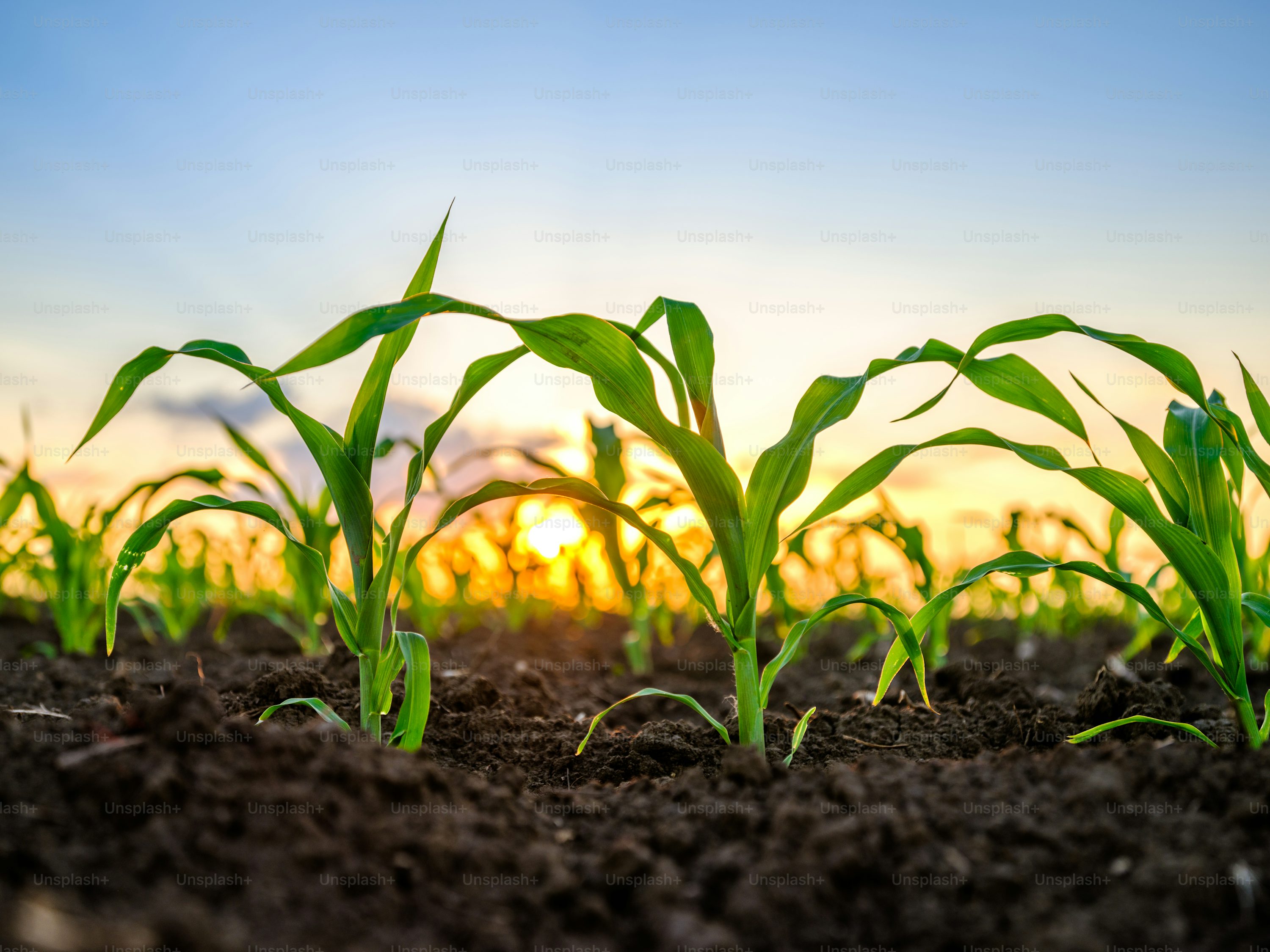EU Fertiliser Registration
Regulation (EU) 2019/1009 lays down the rules on making fertilising products available on the market in the EU and was implemented in July 2022. Marketing and free movement of Fertilisers, soil conditioners and plant bio stimulants are covered by this regulatory framework which ensure safety and environmental protection.

EU FPR
"Fertilising products shall not present a risk to human, animal or plant health, to safety or to the environment"
Safety and physical information must be collected into a dossier and submitted to a conformity assessment body . When deemed in compliance, the CE mark shall be applied to the label.
Our Services
Dossier compilation
Bringing all the endpoints and information together in one document ready for submission
Ongoing management
Advice on future-proof management systems
Analytical support and monitoring
Due diligence, placement and monitoring of contaminant, nutrition and microbe analysis. Additional expert support for water solubility and biodegradation assessment of polymers.
Conformity assessment maagement
Submission, managing audit comments and advocacy
SDS & Label (where required)
EU SDS and Label authorship in all EU languages
CMC & PFC Assessment
Ensuring the right OFC and CMCs have been chosen.

Product Function Category (PFC)
The fertilising product must be categorised according to the regulation. Organic, inorganic, liquid or solid, perhaps a growth regulator or soil conditioner. Make sure you get the right PFC.

Component Material Categories (CMCs)
Each component of the formulation must comply with one of the fifteen CMCs listed in the regulations. Polymers, compost and virgin materials are just three of those detailed. Each CMC category has specific requirements to meet the threshold required.